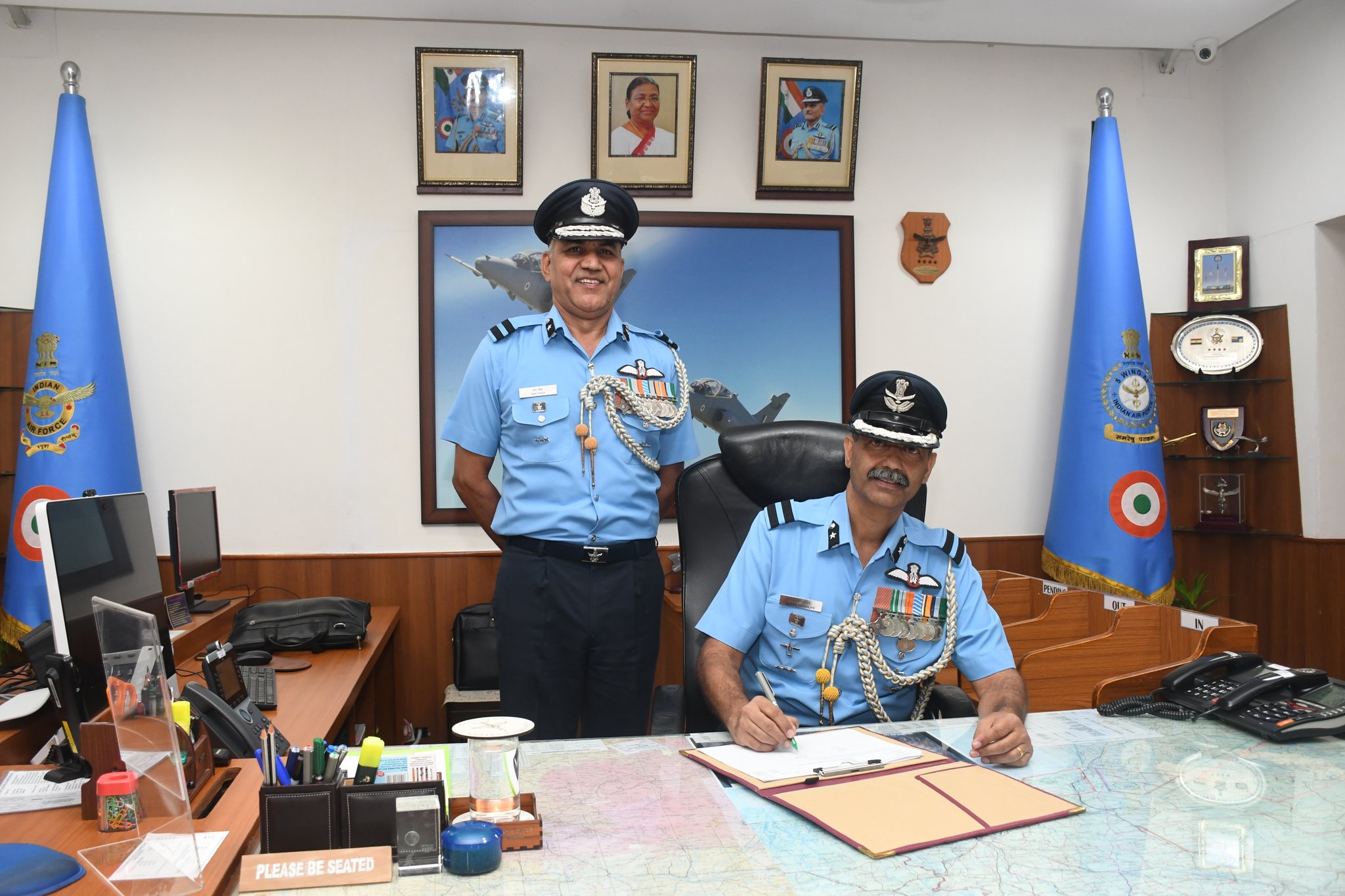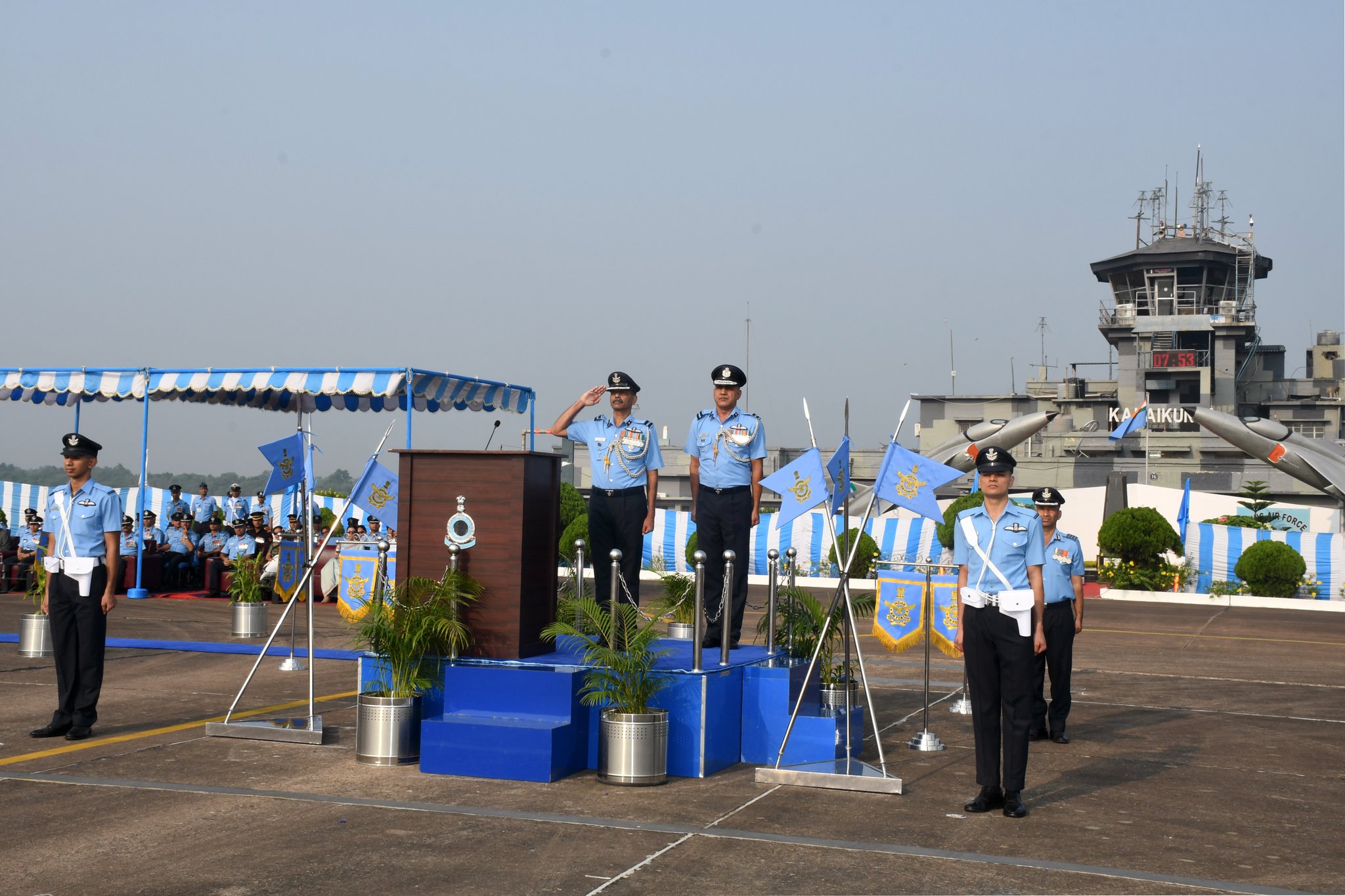The Cavalry Officer's Association has released a book called on "Armour '71" on Indian army armoured operations in the 1971 war. Given that detailed coverage of Indian armour in action (beyond a few specific engagements like Asal Uttar and Zoji La Pass) are rare, a book like this was long overdue. Here is my review:
The book is a coffee-table book: 6x9 inches, 295 pages on glossy paper.
The good parts:
1. The book is lavishly illustrated with rare photos and has an ample number of maps.
2. The format is good, with an overall description of the theater and strategy providing details of the armoured units involved. This is followed by a detailed blow-by-blow account of the actions of individual armoured units - mostly at regiment level but sometimes going down to individual squadrons (when independently deployed).
The not so good: Typical of Indian military histories (especially those written by ex-service personnel), while the book is very good as a record of events, it does not offer much analysis at strategic, operational or tactical levels:
1. There is no discussion on the rationale of the organization of the armoured force. Indian armour was scattered in 1 armoured division, 4 armoured brigades and a profusion of armoured regiments attached to infantry divisions (Pakistan, with a smaller armoured force managed to have 2 armoured divisions). At no point was the armoured force concentrated for action - the biggest concentration seems to have been 2 regiments operating together during the actions in the Shakargarh bulge.
2. While the book is effusive in praise of combined operations carried out by the army, these operations seem limited to armour/ infantry/ artillery. Apparently combined operations in the army mindset did not involve usage of the air force. Air support seems only to have been resorted to during panic situations like Chhamb/ Longewala or for weird missions like bombing minefields to clear a way for armour. This after the Israelis had highlighted the potential of combined armour/ air operations just 4 years back during the 1967 war. And while the 1971 mindset of army commanders may have been different, it's surprising that a history written in 2024 does not comment on this, though there is a separate section on how the air
3. Even at a tactical level, other than some some criticism mentioned about the actions of the Hussainwala battles. There isn't any critique offered for any of the other armoured actions other than a detailed record of casualties inflicted/ suffered.
4. While there is a brief description of armour used (Centurions, T-54/55s, Vijayantas, AMX-13s and PT-76s), there is no analysis of these vehicles. For example, from the photos it looks like the Indian Centurions had their 20 pounder guns upgraded to the British 105mm tank gun which was the best in the world at the time. This would have led to a dramatically different outcome of the Centurion vs Patton conflicts from those fought in 1965 since the Pakistani Pattons (again going by the photos of destroyed vehicles), still had their 90mm guns. Another thing which I wish the book could have covered is whether Indian T-54/55s were upgraded with 105mm guns or they had dummy fume extractors attached on their barrels to distinguish them from Pakistani T-59s (going by the photos, I think its the second option). Also there are no accounts of how Indian tankers felt about the Centurions/ Vijayantas/ T-55s.
The verdict:
Despite the omissions, the book is well worth buying at Rs 1200 (the discounted price available on the Defstrat website). The print quality is good, photos are superb while the armour action accounts are exhaustive and make for good reading - you get to know what each individual armoured regiment accomplished during the war. There are good maps showing deployment of different regiments and the tanks they were equipped with as well as the battles across both theaters. And, while not explicitly called out, the book clarified some longstanding queries like why there have not been any accounts of the performance of the Vijayanta tank (Vijayantas did not take part in any action other than a few minor skirmishes) and that it was the T-55s which saw the most action during the war, not the Centurions. There are also some really interesting tidbits like the a Pakistani officer's account of the Longewala offensive and the actual Pakistani official history of that battle (self-delusional doesn't half describe it). While I still wish that the book could have covered the areas mentioned above, the book in itself is a valuable addition to Indian military (and especially armour) buffs. It's available for purchase here:
https://www.defstrat.com/product/armour-71/




